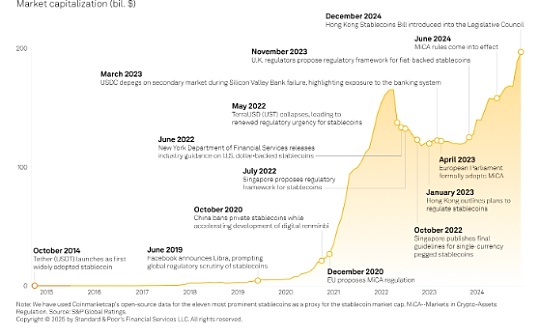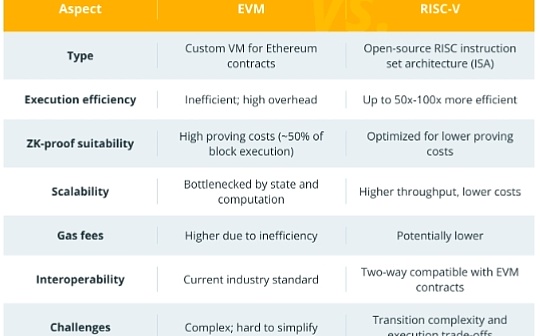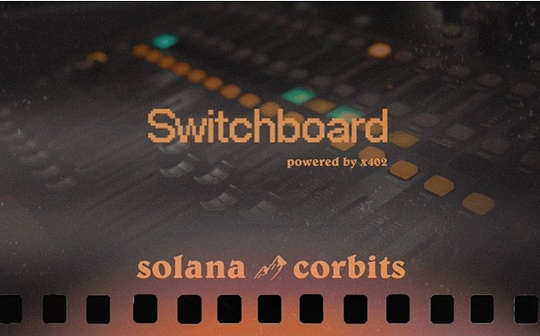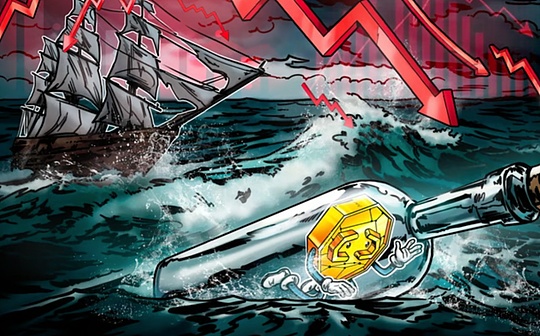
Author: Shailey Singh, CoinTelegraph; Compiled by: Deng Tong, Bitchain Vision
1. Understand compression NFT
Compressed NFT is a non-fungible token (NFT) designed to reduce the cost of storing and using NFTs for transactions on the Solana blockchain.
With the increasing adoption of NFTs, developers face difficulties in maximizing storage and reducing the minting costs of these digital assets.Solana blockchain introduces compressed NFT (cNFT) to overcome these challenges.
CNFT is a newer non-fungible token that utilizes state compression technology to store data more efficiently on Solana.Unlike traditional NFTs that store all token metadata directly on the chain or through external links such as IPFS, cNFT uses a Merkle tree to optimize data storage.
In short, while conventional NFTs store individual ownership and metadata records for each token on-chain, cNFTs group these records in a highly compressed format.This greatly reduces storage costs and increases transaction speed.
While the technology is still in its infancy, it accounts for most NFTs cast on Solana.
2. The main features of compressed NFT
With cNFT, artists and developers can mint thousands or even millions of tokens at a fraction of the cost of traditional NFT, thereby facilitating innovation.
Let’s take a look at some of the main features and advantages of cNFT:
-
Cost-effective:The cost of casting thousands of compressed NFTs is only a fraction of the cost of a regular NFT.For example, according to Solana’s report, it takes about 24,000 to create and mint 1 million traditional NFTs using traditional metadata paths.The cNFT can be organized so that the same setup and casting cost is 10 SOL or less.This means that anyone using NFTs at a large scale can use cNFT instead of standard NFTs, reducing costs by more than 1000 times.Helius’s research shows a cost comparison between compressed NFTs and uncompressed NFTs, as shown below:
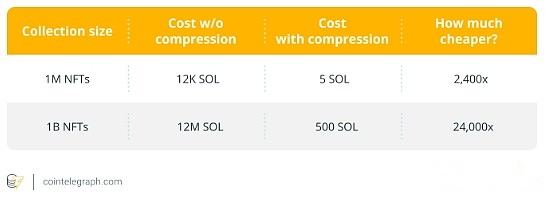
-
Scalability:Designed for high-capacity use cases such as gaming, social media, and metaverse assets that can require thousands or millions of tokens.
-
On-chain and off-chain flexibility:While ownership is tracked on-chain, most of the metadata can be stored off-chain, further reducing costs without sacrificing practicality.
Compressed NFTs provide several prominent key advantages in the blockchain ecosystem.They are affordable, greatly reducing minting and storage costs, allowing creators and businesses to use blockchain technology without financial obstacles.
Furthermore, cNFT contributes to more environmentally friendly blockchain practices by reducing storage requirements and thus reducing energy use.These properties make cNFT a potential game changer for scalable, environmentally friendly and innovative applications.
3. Compression NFT and conventional NFT
While both cNFT and traditional NFTs are designed to tokenize digital assets, their design and use cases are very different.
Traditional NFTs are known for their uniqueness and exclusivity, but their casting and storage costs can be prohibitively high for large-scale applications.Compressed NFT solves this problem by leveraging state compression, greatly reducing costs and achieving affordable token mass production.
Unlike traditional NFTs that typically store all data on a chain, cNFT offloads metadata to off-chain systems, minimizing blockchain storage needs while maintaining practicality.
Some key differences include:
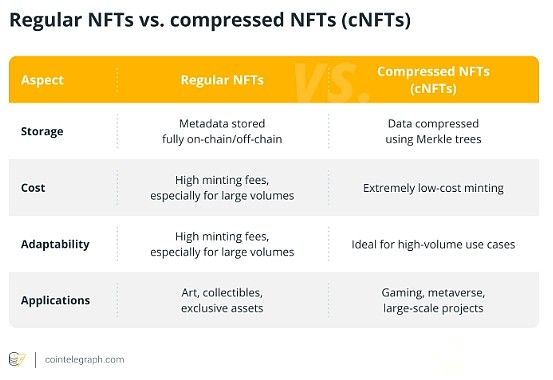
Regular NFTs are best suited for high-value, unique digital artwork or collectibles.Compressed NFTs, on the other hand, perform well in scenarios where high scalability is needed, such as distributing game assets or digital collectibles to millions of users.
4. How to Cast cNFT: A Step-by-Step Guide
CNFT stores data in a compact format using state compression and Merkle trees.
Casting cNFTs may seem difficult at first glance, but casting and distribution are simple with the right tools and knowledge.While each platform has its own instructions, here are a general guide to getting started with cNFT:
-
Step 1:Set up a wallet: Use Solana-compatible wallets such as Phantom or Solflare to manage your funds and interact with blockchain tools.
-
Step 2:Capitalize your wallet: Add SOL (Solana’s native cryptocurrency) to cover the cost of minting.CNFT is cost-effective, so even small amounts are sufficient.
-
Step 3:Select casting platforms: platforms such as Crossmint, Metaplex and Candy Machine (on Solana) support cNFT.Choose one based on the size and functionality of your project.
-
Step 4:Prepare Metadata: Define details of your NFT collection, including artwork, descriptions, attributes, and other metadata.If needed, use off-chain storage solutions such as IPFS.
-
Step 5:Cast your cNFT and set up the Merkle tree: CNFT uses the Merkle tree to organize the data.Most casting platforms perform this process automatically.Cast your compressed NFTs according to the platform’s interface.Confirm the transaction through your wallet and voila!Your cNFT is online!
5. Where is the compressed NFT stored?
Unlike normal NFTs, in cNFT, the Merkle root is stored on the chain, while the Merkle leaf is stored off-chain.
CNFT uses a hybrid storage model that balances on-chain and off-chain storage to ensure cost efficiency and scalability.The ownership of cNFT is always tracked on-chain to ensure the authenticity and source of assets.
Nevertheless, most of the metadata of an asset (including images or details) is usually stored off-chain.This decentralized off-chain storage usually uses protocols such as IPFS to ensure that the data is distributed and accessible to anyone.
This combination of on-chain ownership and off-chain metadata helps significantly reduce costs, as storing large amounts of data directly on the blockchain can be both expensive and inefficient.
For Solana’s cNFT, metadata is compressed and stored in a way, greatly reducing the storage needs of the blockchain while maintaining the integrity of asset information.

